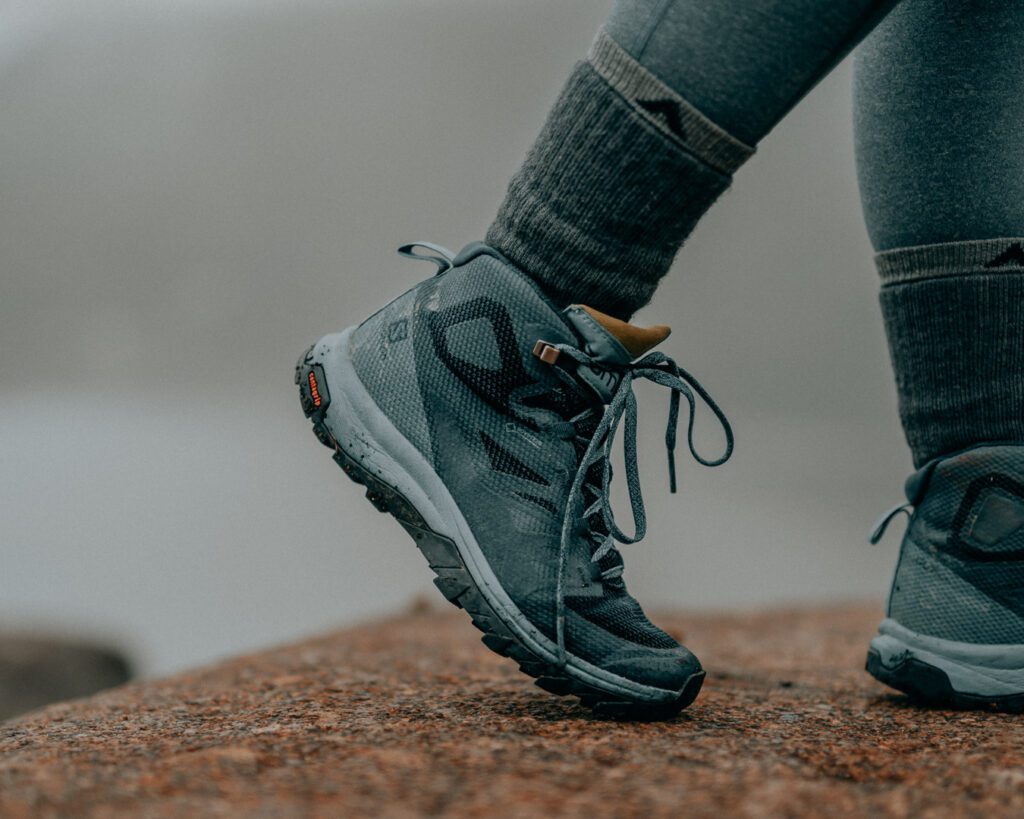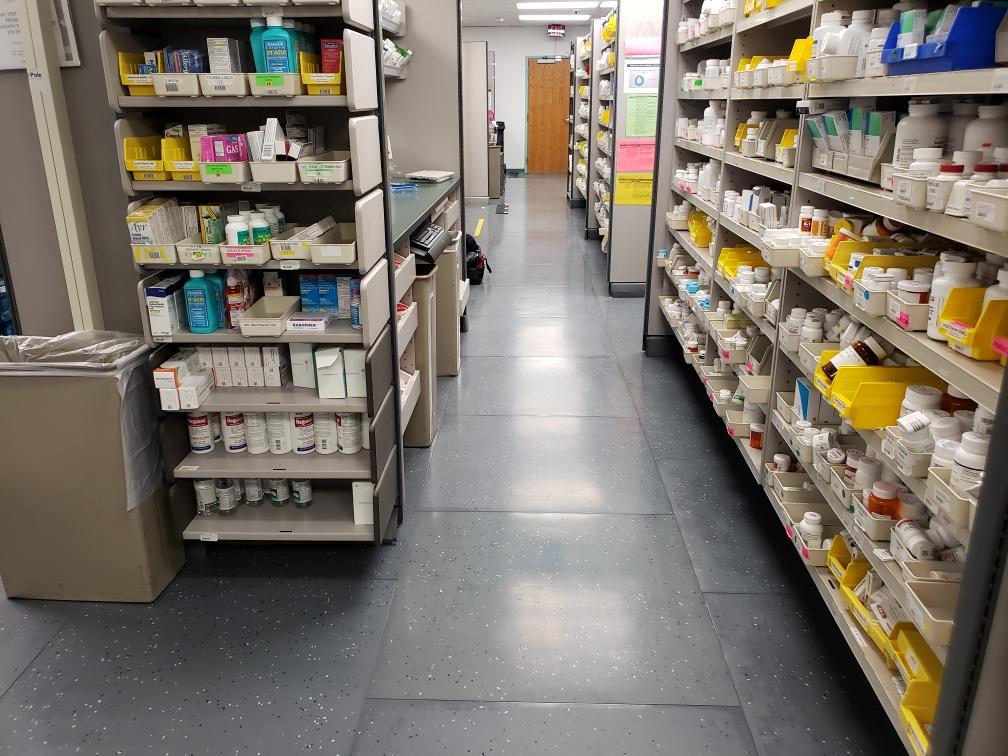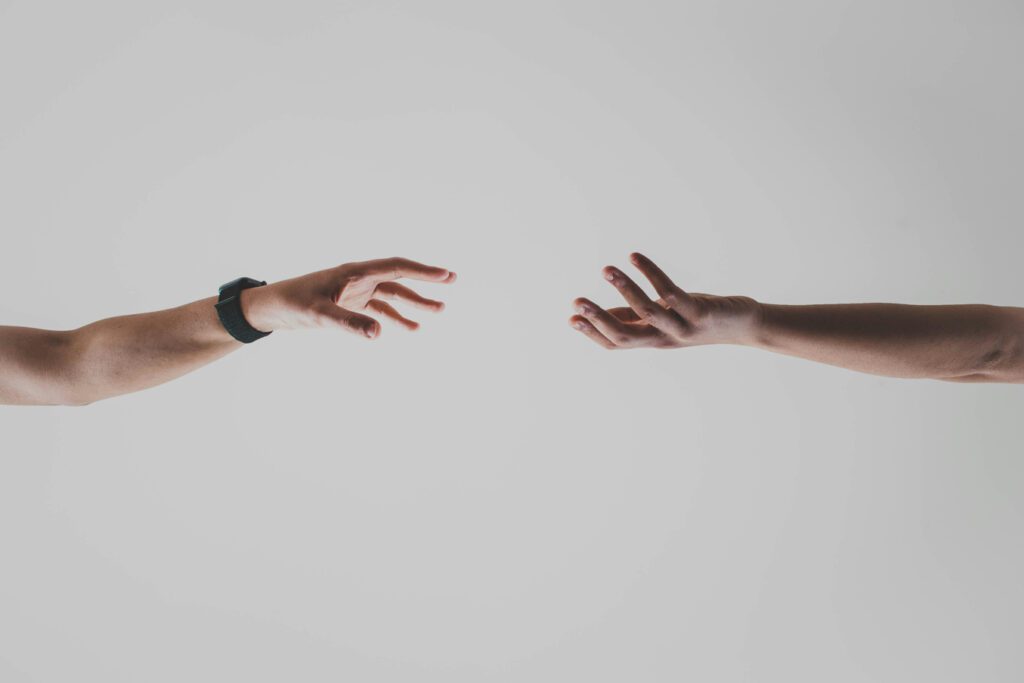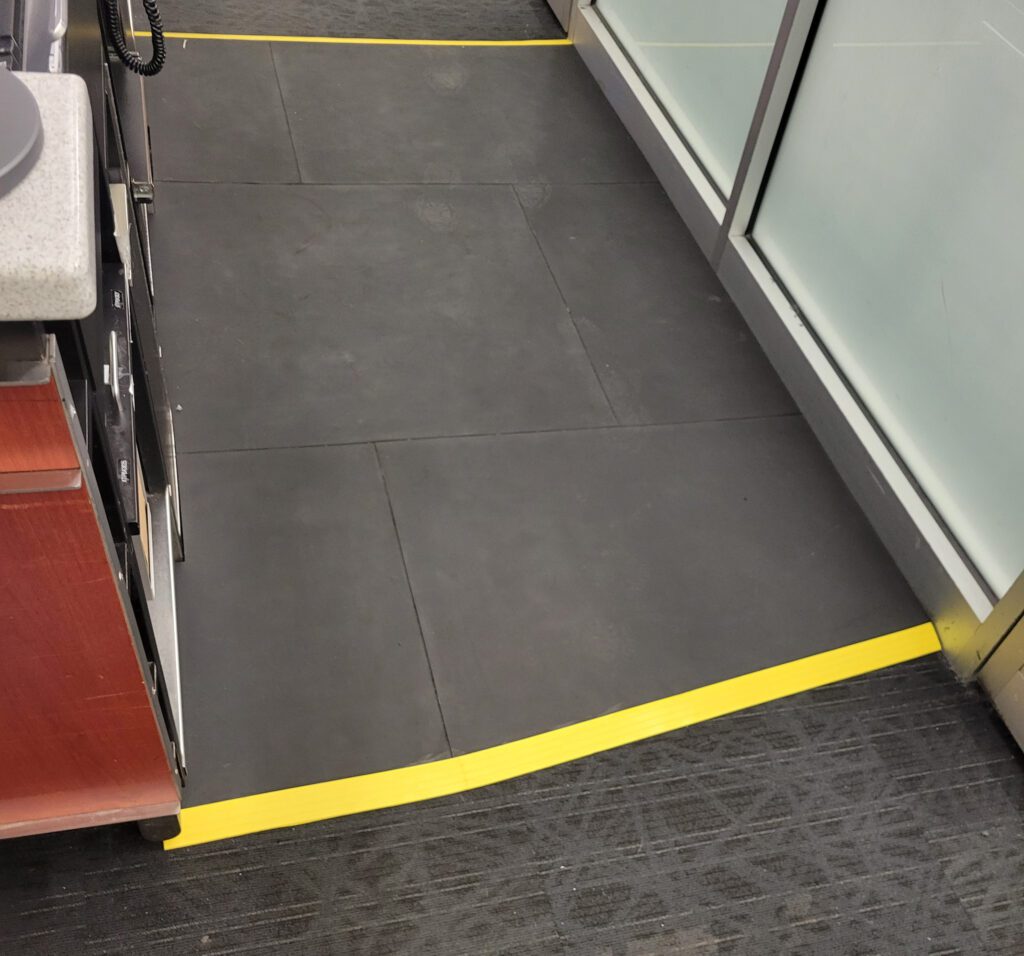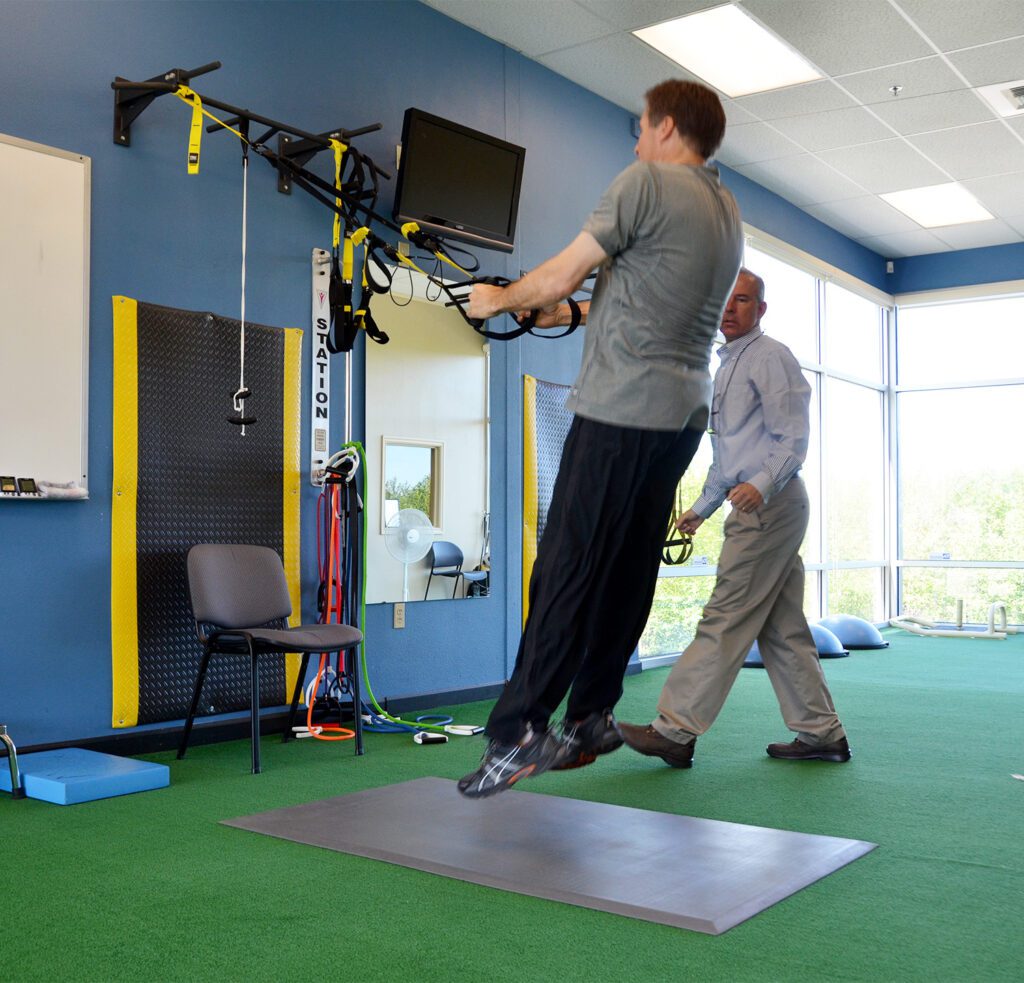Blog
What do beach days & anti-fatigue mats have in common?
- Derek Hawn
- April 7, 2014
- 12:12 pm
- No Comments
- 2 minutes
With Summer around the corner, we have been daydreaming of long days spent relaxing at the beach. We can all relate to a day at the beach lugging all our gear to our ideal spot on a sandy shore. Despite how relaxing it can be, walking on the beach is a totally different story. Sure, the sand may be warm, playful and inviting but can also be quite fatiguing because of how soft and unstable it is.
Did you know that there are some interesting parallels that can be drawn between walking/standing in sand and finding the right anti-fatigue mat? This month we continue our exploration of the 9 essential questions you must ask before purchasing an anti-fatigue mat by considering question number 5:
Does the anti-fatigue mat surface balance shock attenuation (absorb energy) and resilience (return energy)?
The ability of an anti-fatigue surface to attenuate or absorb shock without bottoming out ensures that impacts from heel-strikes, shifting of weight, sudden movements and even falls are cushioned adequately without causing injury. In other words, proper shock attenuation when balanced with the right amount of elasticity(resilience), can ensure a less discomfort from standing and walking activities.
This is where the sand comes in. Too much absorption, may create the same sensation as standing in sand, which may absorb shock, but is very uncomfortable as a working surface.
However, shock absorption is only half of the equation. The other half is that the mat needs to have the right amount of resilience.
A good anecdote is to picture a solid object being dropped on a hard surface like a concrete floor. Due to the inflexible nature of the concrete, much of the energy is re-directed back into the object.
Now picture that object is your body, each step you take on that concrete floor you receive those impact forces back into your joints, ligaments and musculature, which over time and with repetition can be painful and debilitating.
Considering sand and concrete are on opposite ends of the surface resiliency spectrum, it is easy to conclude that an effective anti-fatigue surface must balance shock attenuation and resiliency.
The SmartCells Solution
Biomechanically engineered, the unique SmartCells Cushioning Technology provides an optimized balance between force attenuation (absorption) and resilience (rebound). When weight/force (energy) is applied to the SmartCells, they act like springs which cushion impact forces, without bottoming out. That energy is “held” as the pressure remains, then is returned as the stored energy is lessened or removed (shifting weight, walking, etc.). In the final phase, the SmartCells actively rebound (push back like a spring), effectively providing absorption and resilience at the same time.
SmartCells Cushioning technology: It’s not how the mat feels, it’s how YOU feel.
Can new shoes help reduce the risk of falling?
SmartCells: Supporting Pharmacists From the Ground Up
Fracture Rate: The Number That Could Save Your Life
New Study Predicts Sharp Rise in Foot & Lower Limb Disorders
7 Tips to Conquer Your New Year’s Resolutions
SmartCells Fall Protection: The Solution to “I’ve Fallen and I Can’t Get Up!”
SmartCells Anti-Fatigue Mats Deliver Great Value and Support
SmartCells Training & Therapy Solutions: The Benefits of Training Indoors
How Productive is Your Workforce, Really?
The Fundamentals: Why Every Anti-Fatigue Solution Needs Responsive Rebound
Let us help you find the right solution
Not sure where to start? Our customer service and sales representatives – who are just as knowledgeable about the product as the scientists who created it – would be happy to help you understand more.

